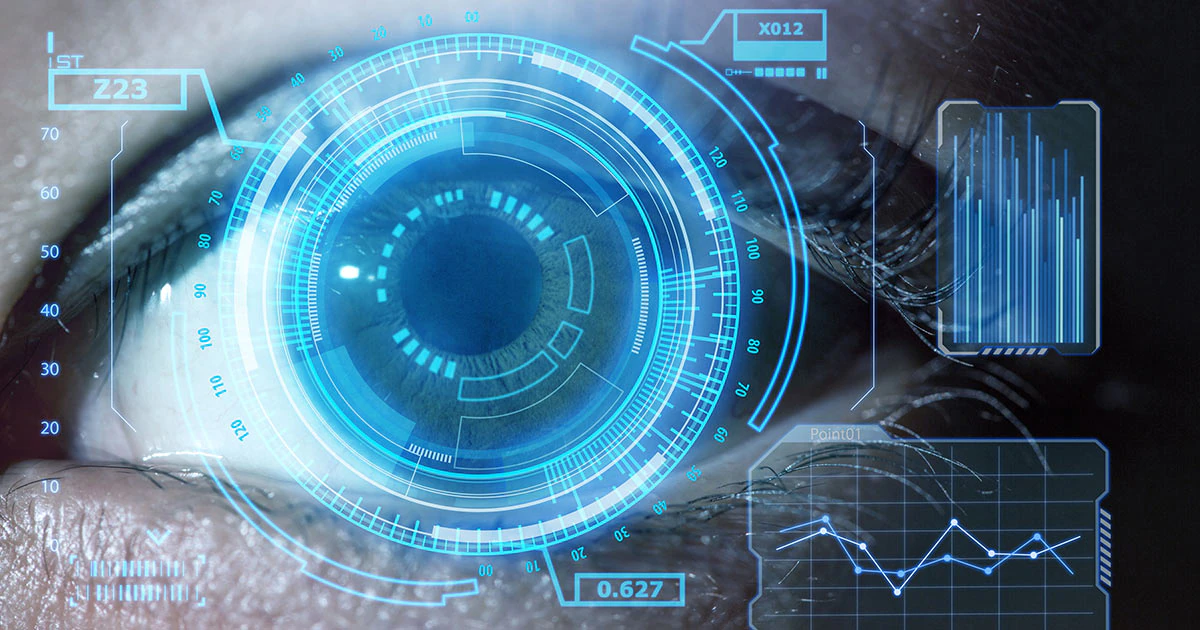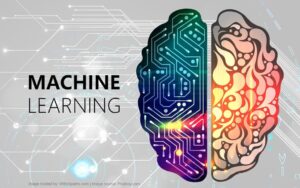Computer vision is a branch of artificial intelligence that enables machines to see and understand their environment like humans. It uses algorithms and models to analyze images and videos, allowing computers to recognize objects, interpret scenes, and make choices based on what they see. The philosophy is based on how the brain and eyes work together to see and understand what they see. Over the years, computer vision systems have made significant advances thanks to increased computing power, larger datasets, and deep learning. This technology now plays a crucial role in a wide range of sectors, from healthcare to transportation. It demonstrates that machines can possess remarkable perceptual capabilities.
The Core Idea Behind Computer Vision
Computer vision involves converting visual data into a digital format that machines can understand. Digital images consist of pixels—tiny dots, each with a specific hue or brightness. Computer vision algorithms analyze these pixels to find shapes, patterns, and other information in the image. This usually begins with simple tasks such as edge detection, color segmentation, or texture analysis. Then it moves on to more complex tasks, such as identifying objects or analyzing scenes. Thanks to multiple processing layers, computers can understand even the most complex visual images with astonishing accuracy.
How Computers Understand Images
We can quickly identify objects, faces, and places in images without thinking. But computers need to convert images into numbers they can understand. To achieve this, images are represented as a grid of pixel values. Various algorithms then extract useful information from these pixels. For example, convolutional neural networks (CNNs) use filters to determine edges, corners, and textures. This information can then be combined to identify larger structures. This process allows systems to move from detecting simple patterns to understanding the entire object or event in an image.
The Role of Machine Learning in Computer Vision
Machine learning is a key component of modern computer vision systems. Machine learning models learn from large amounts of labeled data, rather than from hard-coded rules for finding things. By examining millions of examples, these models learn to generalize and detect similarities in new images. Deep learning, a form of machine learning, has proven crucial because it uses multi-layered neural networks to detect increasingly complex features. This approach makes computer vision systems more accurate and flexible, enabling them to tackle challenging tasks such as self-driving cars, medical imaging, and facial recognition.
Commonly Used Computer Vision Methods
Applications of computer vision are based on various approaches. When classifying an image, it is assigned to one of several predefined groups. Object recognition distinguishes not only the type of object but also its location within the image. Semantic segmentation assigns a name to each pixel, allowing for more detailed analysis of a scene. Other methods include facial landmark detection, motion tracking, and image enhancement. Each method has different applications and can be combined to build more complex ones.
Problems and Limitations of Computer Vision
While computer vision is compelling, it still faces some challenges. A key issue is the need for large and diverse datasets to achieve high accuracy. Models trained on biased or incomplete data may not perform well in practice. Camera quality, lighting, and image resolution can all impact performance. There are also ethical issues surrounding privacy and surveillance, as well as potential misuse in areas such as deepfakes or unauthorized facial recognition. Researchers and governments are working to address these issues by building more powerful models and establishing rules for their ethical use.
The Future of Computer Vision
The future of computer vision looks bright. New developments will make systems more accurate, efficient, and flexible. Combining computer vision with other technologies, such as natural language processing, augmented reality, and robotics, creates new opportunities. For example, robots can understand complex environments and communicate with people more naturally, and AR glasses can help people with visual impairments see things in real time. As technology advances and algorithms become smarter, computer vision will reach new heights we can’t even imagine.
Conclusion
Computer vision has rapidly evolved from a small field of research into a powerful technology that impacts our daily lives. It bridges the digital and physical worlds by enabling machines to understand and interpret visual information. While challenges remain, continued research and innovation have the potential to address them and create new opportunities. As computer vision becomes increasingly part of our daily lives, it will transform industries, simplify decision-making, and equip people with new skills in fascinating and life-changing ways.
FAQs
1. What is computer vision?
Computer vision is a branch of artificial intelligence that enables machines to understand and process visual data from images and films.
2. How does computer vision work?
It works by converting images into numbers, processing the value of each pixel, and using algorithms to detect patterns, shapes, and objects.
3. What are some common applications of computer vision?
Think, for example, of facial recognition, medical imaging, self-driving cars, security cameras, and automated retail stores.
4. Why is machine learning so important for computer vision?
Machine learning helps computer vision systems learn from data instead of relying on handwritten rules. This allows them to adapt and generalize more effectively.
5. What are the challenges with computer vision?
Some of these challenges include data bias, variations in image quality, weather influences, and ethical concerns about privacy and surveillance.




